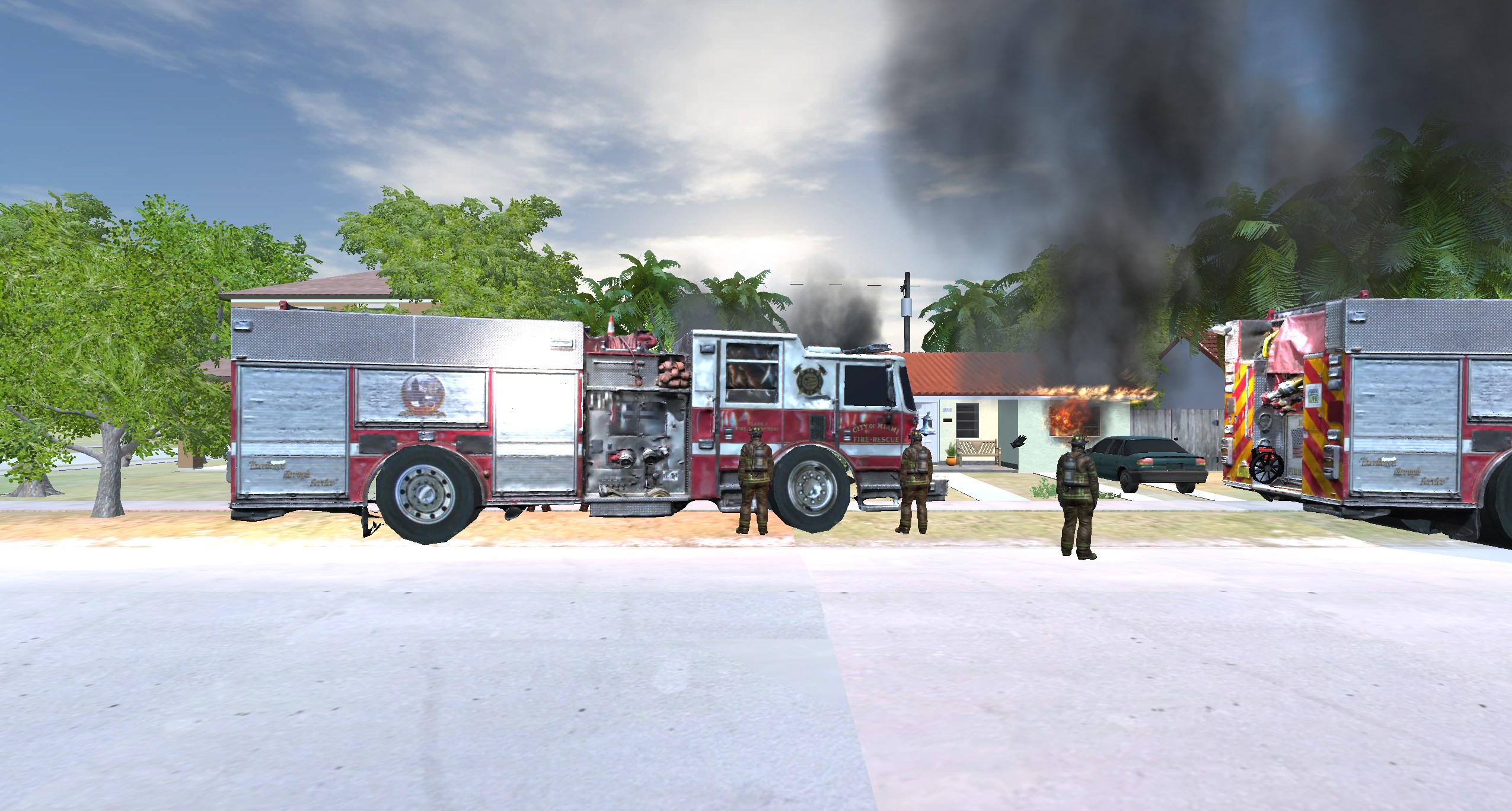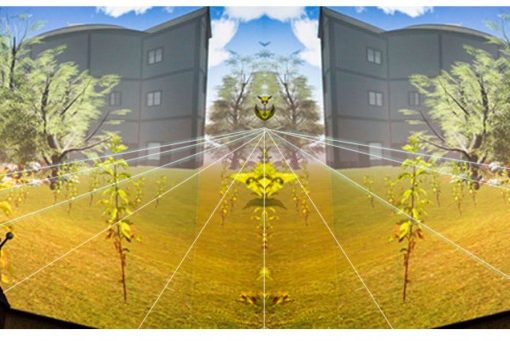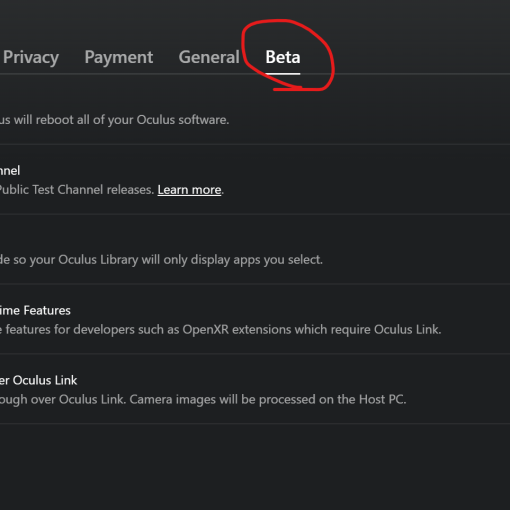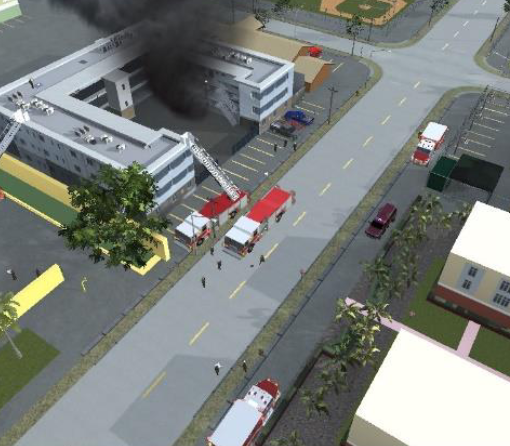An Introduction to Fire360
Fire360 is a VR Firefighter Command Simulation. The goal of the application is to help firefighters-in-training reinforce procedural behaviors to then use on the job. The firefighters are then guided by a trainer throughout the simulation through various kinds of obstacles. This version of Fire360 takes place in a virtual environment that represents a single story residence in Miami. I will go through the capabilities of the simulation below:
The Capabilities of Fire360 v1
The simulation contains 5 Crews of Firefighters assigned to a vehicle. Vehicles are made up of 2 engines, 1 quint, and 2 rescue vehicles. The trainer can assign tasks to these NPC Crews according to the commands sent from the “Tactical” or the first firefighter to show up to the scene of a fire. The tasks they are able to do are as follows:
- Arrival : The trainer can call backup for more crews anytime during the simulation
- 360 Inspection : A crew at the scene can walk around the property to inspect structural damage or look in windows for any potential victims
- Forcible Entry : Picking up a halogen from the firetruck and using it to break into the front door.
- Jumpline : The task of getting the fire truck hose and bringing it to the point of interest in order to attack the fire until it is extinguished,
- Primary Search : Searching through the apartment completely for potential victims in danger.
- Secondary Search : Searching through the apartment as a secondary check for potential victims in danger.
- Utilities : Checking and Shutting down power source of the property in danger.
- Water Supply : Attaching the fire truck hose to a hydrant in the environment to use as the primary water source.
- Ventilation : Getting a positive pressure fan from the assigned vehicle and placing in front of property usually when fire is extinguished.
- RIT : (Rapid Intervention Dispatch) A team of two or more firefighters dedicated to rescue a firefighter that may be in distress
- Salvage/Overhaul : a team of two firefighters will enter the apartment specified and break the ceiling to check for potential fire infiltration
- Second Jumpline : Deploying a second firetruck hose to tackle the fire if the first jumpline is not sufficient.
The simulation is controlled by a trainer using an iPad app that was also developed by the I-CAVE team. It is used as a control center for all actions that take place within the simulation. The capabilities of this iPad app are as follows:
- Day/Night Toggle : Changes the single story residence simulation to daytime or nighttime.
- Front Door Open/Close Toggle : Set the status of the door of the single story residence
- Start Fire Selection : Choose where to start the fire, the current options are: Kitchen, Bedroom, Living Room, Bathroom
- Internal / External Fire Spread Counter : These are sliders that allow you to control the fire outside and inside the residence.
- Victim Counter : This option allows you to control how many people are trapped inside the residence, the simulation is able to have up to 4.
- Pause/Play : Allows you to fully pause and continue the simulation at any time throughout the training scenario
- Vehicle Selection : Select a vehicle to assign a task to the corresponding crew, tasks are listed above.
- Backdraft : An explosion that takes place in the backyard of the single story residence.
- Log : All actions that take place in the simulation are documented in this log. This allows the instructor to look back at the performance of the trainee.
Reception
Over 300 firefighters from Miami-Dade and City of Miami fire departments with help from the School of Disaster Preparedness, have trained on the simulation which lead to iterative improvements, bug fixes, and eventually a second expansion called Fire360v2.





